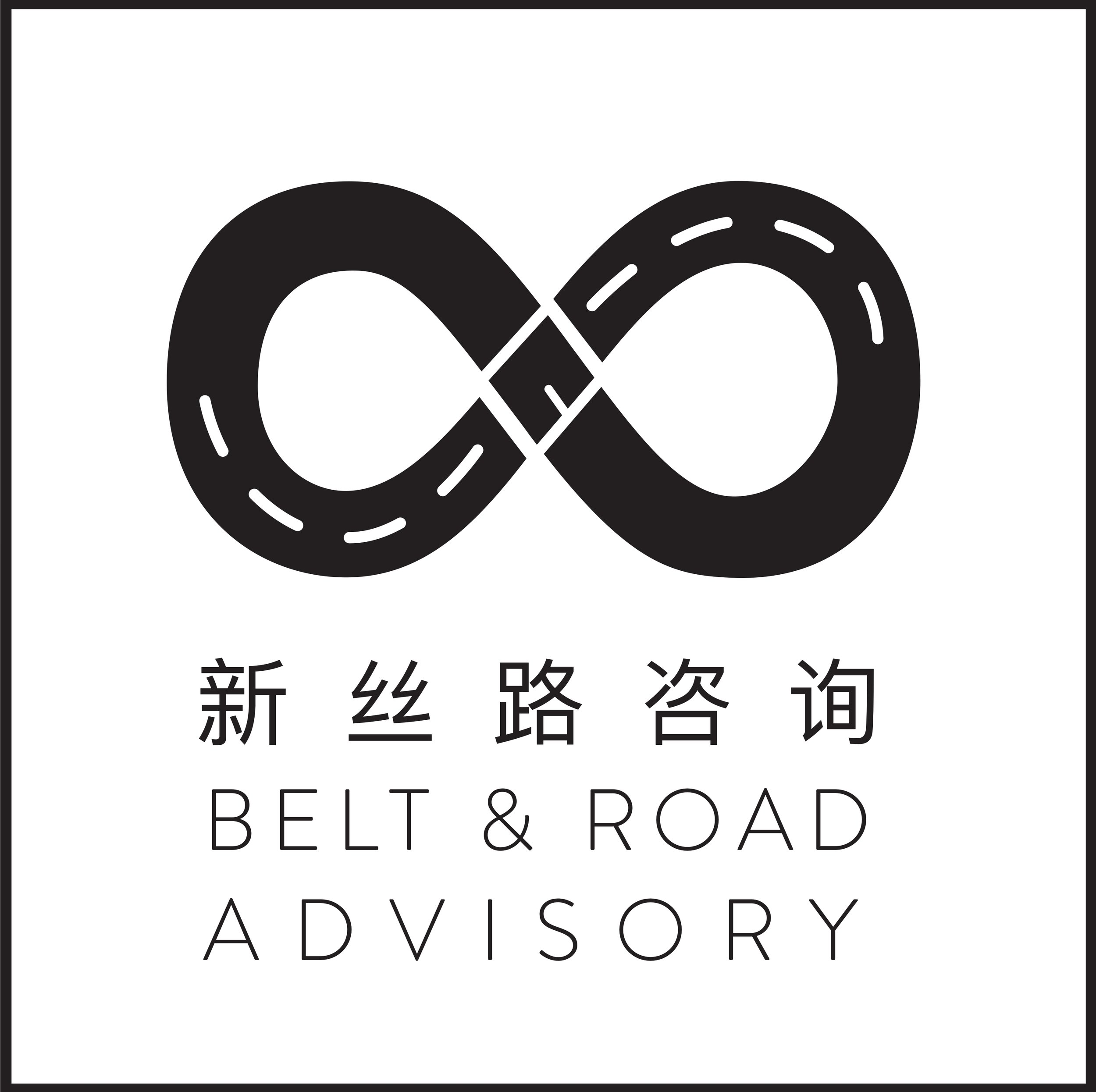China and Japan see warming of ties but fault lines remain
China and Japan have seen a warming of ties since 2017. Japan sent a delegation to China’s Belt and Road Forum in May 2017 and soon after, Prime Minister Abe became the first Japanese leader in 15 years to attend the Chinese Embassy’s National Day celebrations. In November 2017, Abe and Xi met on the sidelines of the APEC summit, and pledged a “fresh start” between both nations. May 2018 has seen further progress, with Abe and Xi making their first phone call followed by Prime Minister Li’s three-day state visit to Japan. The visit paves the way for Abe to visit China over the coming months. There have been two major motivations for the warming of ties in recent months. The first is the need to collaborate on the issue of denuclearization on the Korean Peninsula. The second centers on responding to Trump’s strategy of “America First”, as both nations are subject to Trump’s protectionist trade measures. With diplomatic engagements increasing, a number of announcements supporting the warming of ties have been made. These include:
Speeding up talks of a three-way free trade-agreement between Japan, China and Korea.
Forming a council to discuss collaboration on overseas infrastructure projects. This includes a proposal for a jointly constructed rail project in Thailand.
Resumption of currency swaps and China to lift quotas on Japanese investors in its bond and equity markets.
Setting up a communications hotline to avoid conflicts in the East China Sea.
Cooperation on technology development, particularly on 5G standards.
Despite these positive signs, fault lines in the relationship still remain. These could be exposed at short notice:
On the North Korea issue, Japan subscribes to the US approach of “maximum pressure” and immediate denuclearization, while China prefers a more gradual approach.
As tensions with the US increase, China is increasing its efforts to persuade countries to oppose Trump. Last weekend, speaking in Russia, Wang Qishan called for “global unity in resisting trade protectionism”. However, as per the recently published Japanese 2018 diplomatic bluebook, Japan still views the US alliance as “the foundation of peace, prosperity and freedom; not only in Japan but also across the Asia-Pacific region”.
Infrastructure collaboration will be hard to implement. Up to now, instead of seeing collaboration, projects in the ASEAN region have seen fierce competition between Chinese and Japanese consortia. Japan is also concerned with the opacity, governance and debt risks surrounding China’s Belt and Road Initiative.
China continues to spend aggressively on its military and its actions in the East China Sea continue to unnerve Japan. In response, Japan has conceived its Free and Open Indo-Pacific Strategy and is developing strategic hedges against China with its ASEAN and South Asian partners, particularly India.
These fault lines, while temporarily may have been masked under several announcements supporting the warming of ties, have not yet been resolved. Only when they are resolved, will China and Japan truly be able to move beyond a tactical and fragile marriage of convenience, and instead move towards a path of full strategic cooperation.
Photo Credits: Prime Minister's Office of Japan

